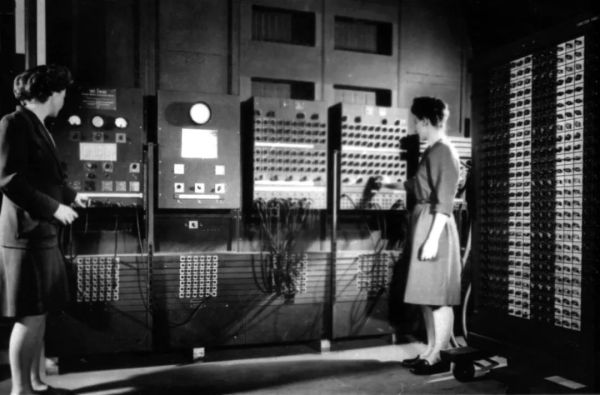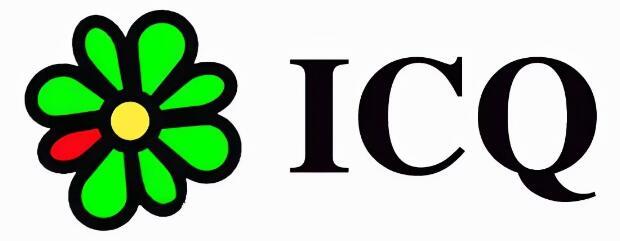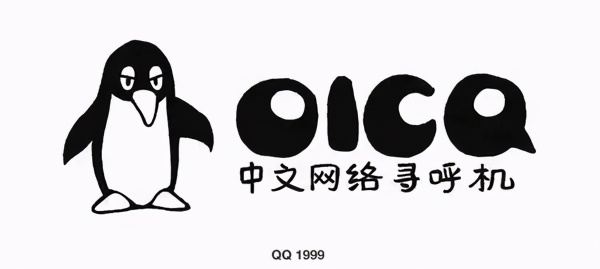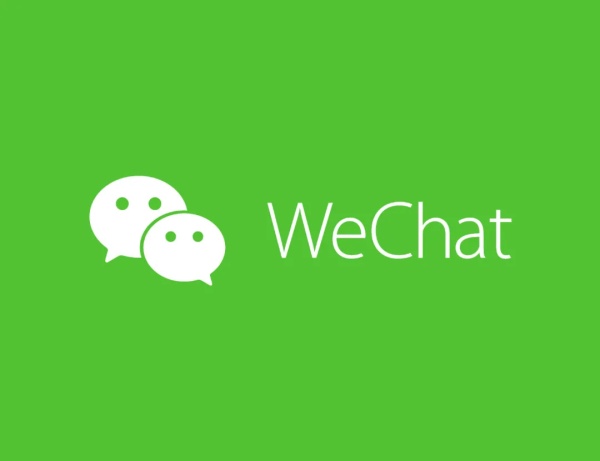A brief history of the development of instant messaging IM

We are no strangers to instant messaging (IM). QQ, WeChat,
YY, Feishu, and Dingding are some of the instant messaging software we are more
familiar with. But did you know? It took a long time for instant messaging to
develop into what it is today.
We are no strangers to instant messaging (IM). QQ, WeChat,
YY, Feishu, and Dingding are some of the instant messaging software we are more
familiar with.

But did you know? It took a long time for instant messaging
to develop into what it is today.
Barbaric era
The evolution of human computing tools has gone through
different stages from simple to complex, from low-level to high-level, from the
knotted note in ancient times to the abacus slide rule and so on.
In 1946, the University of Pennsylvania in the United States
gave birth to the world's first electronic computer, opening the era of human
computers. This computer named "ENIAC" uses 17,840 transistors,
weighs up to 28 tons, and its calculation speed is only 5,000 times per second.

The advent of "ENIAC" is of epoch-making
significance, indicating that the age of electronic computers has officially
arrived.
In the next few decades, computer technology developed at an astonishing speed, going through the age of electronic tube digital machines, transistor digital machines, integrated circuit digital machines, and large-scale integrated circuit computers.
The integrated circuit digital machine, which was born in
1964, has a calculation speed of millions or even tens of millions of times per
second. The reliability has been significantly improved, and the price has
further dropped. The birth of communication tools laid a solid foundation.
Ancient Time
In the 1970s, the world's first computer-assisted teaching
system, the Plato system, gave birth to the earliest instant messaging program.
When the user enters the chat information in the program,
the user in another terminal will immediately see the message sent by the other
party. However, unlike today's instant messaging software, in current instant
messaging, the other party in the conversation will only see the message after
one party presses Enter to confirm the sending. The instant messaging program
at that time was really "instant messaging."
Every character entered by the user will be immediately
displayed on the screens of both parties, and the deletion and modification of
every character will also be reflected on the screen immediately.
In the 1980s, UNIX/Linux-based instant messaging tools were
widely used by engineers and academia.
This type of instant messaging tool has achieved many basic
functions, but they have not yet entered the Internet and can only be used in
the local area network.
Modern Time
In 1996, three Israelis, Visger, Wadi and Goldfinger, got
together and decided to develop a software that people could communicate
directly on the Internet. Soon ICQ was born.

This is the first Internet-based instant messaging software
that is widely used. At the same time that ICQ appeared, instant messaging
software developed rapidly, and a large number of similar software appeared,
such as Gaim, Miranda IM, Trillian, etc.
These softwares have a fatal flaw. They use different
protocols and cannot communicate with each other. Users need to run more than
two instant messaging software at the same time to realize chat.
Soon after ICQ was born, China's instant messaging software
also began to develop. Ma Huateng founded Shenzhen Tencent Computer System Co.,
Ltd., imitating ICQ, adding a letter "O" before ICQ, which means
"opening i seek you", which means open ICQ. Soon after in 2000, OICQ
was renamed QQ due to the infringement storm.

Modern instant messaging software is no longer satisfied
with instant chat, but integrates social networking, games, entertainment,
etc., to form a huge industrial chain based on instant messaging.
modern
The popularity of mobile phones ushered in the second spring
of the development of instant messaging software. Various countries have
derived different instant messaging software, such as Whatsapp in the United
States, LINE in Japan, Kakao Tall in South Korea, and WeChat in China.

The difference between instant messaging and modern instant
messaging is that the field is more segmented. There are both personal-oriented
instant messaging tools and enterprise-level instant messaging tools.
Different from individuals, enterprise-level instant
messaging software places more emphasis on security, practicability, stability,
and scalability. Some enterprise-level instant messaging software also supports
customization, which greatly improves the communication efficiency within the
enterprise.
The development of instant messaging software is only a
product of the torrent of information on the Internet, but it has also
experienced more than 50 years of development from its birth to its prosperity.
Now instant messaging has become a part of people's work and life.